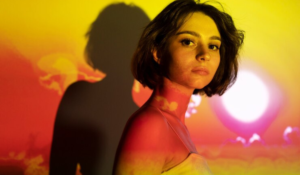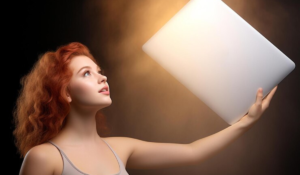Mastering Fill Lighting in Photography: Techniques and Tips

An introduction:
An image’s mood and aesthetics are determined by lighting in photography. Fill lighting is one of the most fundamental methods of controlling contrast and highlighting details among various lighting techniques. Throughout this guide, we explore the essence of fill light, its significance, and practical applications.
Fill lighting:
By illuminating shadowed areas, fill lighting reduces contrast and enhances visual clarity. Photographs that are balanced and natural-looking reflect light and shadow, similar to how the human eye perceives them.
Fill lights are important for the following reasons:
For portrait photography, fill light is essential for bringing out subtle details in facial features and minimizing harsh shadows. In portraits with depth and dimension, fill light illuminates shadowed areas, resulting in evenly lit and well-defined subjects.
Setup of the studio:
Optimal results can only be achieved by following a systematic approach when setting up fill light in a studio environment. Eliminate ambient light to create a clean canvas, then adjust the intensity of the fill light to complement the key light. The key light should be fine-tuned to strike a balance between highlights and shadows.
On-Site Considerations:
Photographers must adapt fill lighting techniques to the environment when shooting outdoors or on location. Maintaining consistency and visual coherence requires seamless integration of ambient light and artificial sources.
Fill lighting can be created in the following ways:
Fill light can be created in a number of ways and with a variety of tools:
-
The large softbox is ideal for studio setups, providing soft, diffused illumination to fill shadows.
-
An umbrella provides gentle fill light for on-location shoots, and it is portable and versatile.
-
A Scrim with Bare Bulbs is an advanced setup for studio environments, enabling a precise control of fill light quality and intensity.
-
Using bouncing light, natural or artificial sources of light are harnessed and used to create subtle fills without harsh shadows.
-
For close-up portraits and beauty photography, ring lights offer even illumination.
Here are some practical tips:
-
Achieve desired lighting ratios by strategically positioning fill light in addition to main light sources.
-
When bouncing light off colored surfaces, take care to avoid color shifts that may affect the overall tone of the image.
Professional photography’s importance:
Fill lighting is ubiquitous in professional photography, enhancing details and creating visually compelling images. The ability to master fill lighting techniques enhances the quality and impact of photographic compositions, regardless of whether they are used for commercial, portrait, or artistic photography.
In conclusion:
In photography, fill lighting shapes mood, depth, and visual appeal. Photographers can elevate their craft to new heights by understanding its principles and implementing effective techniques.



